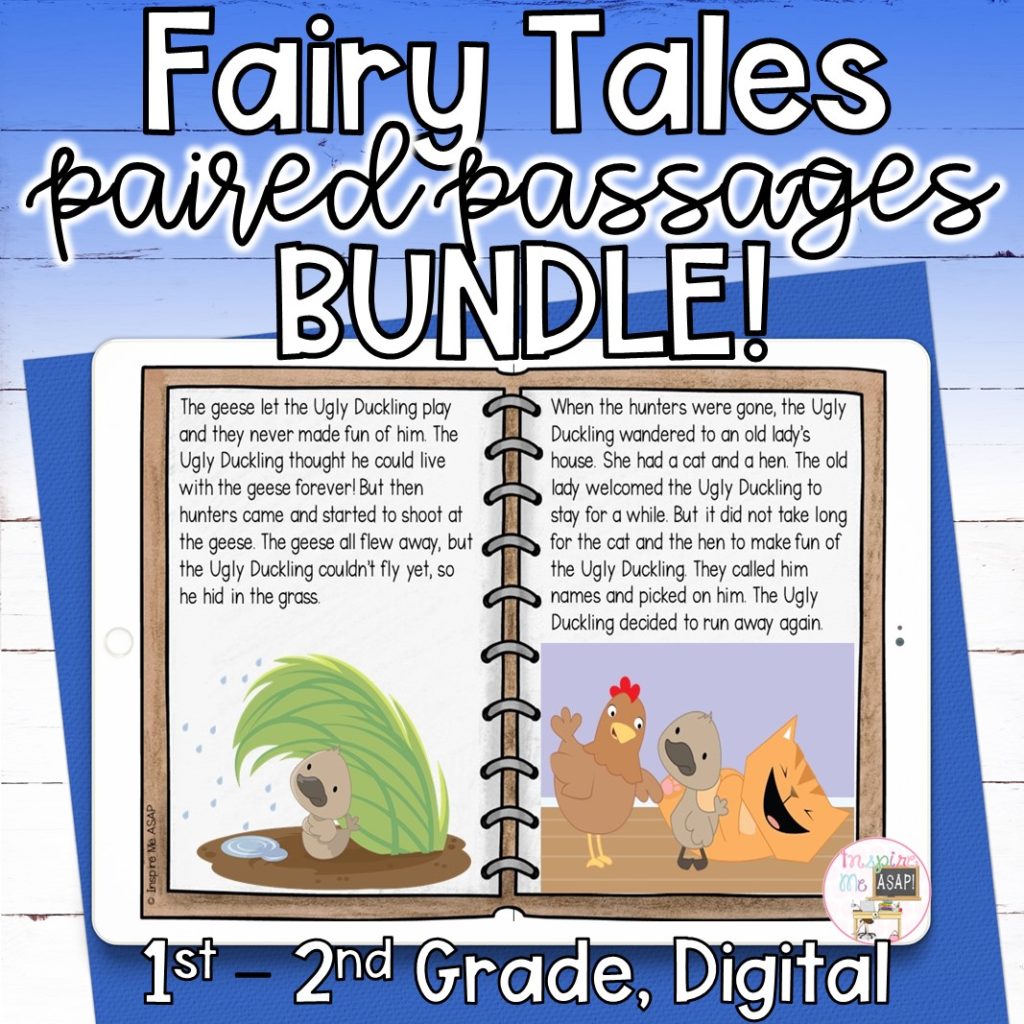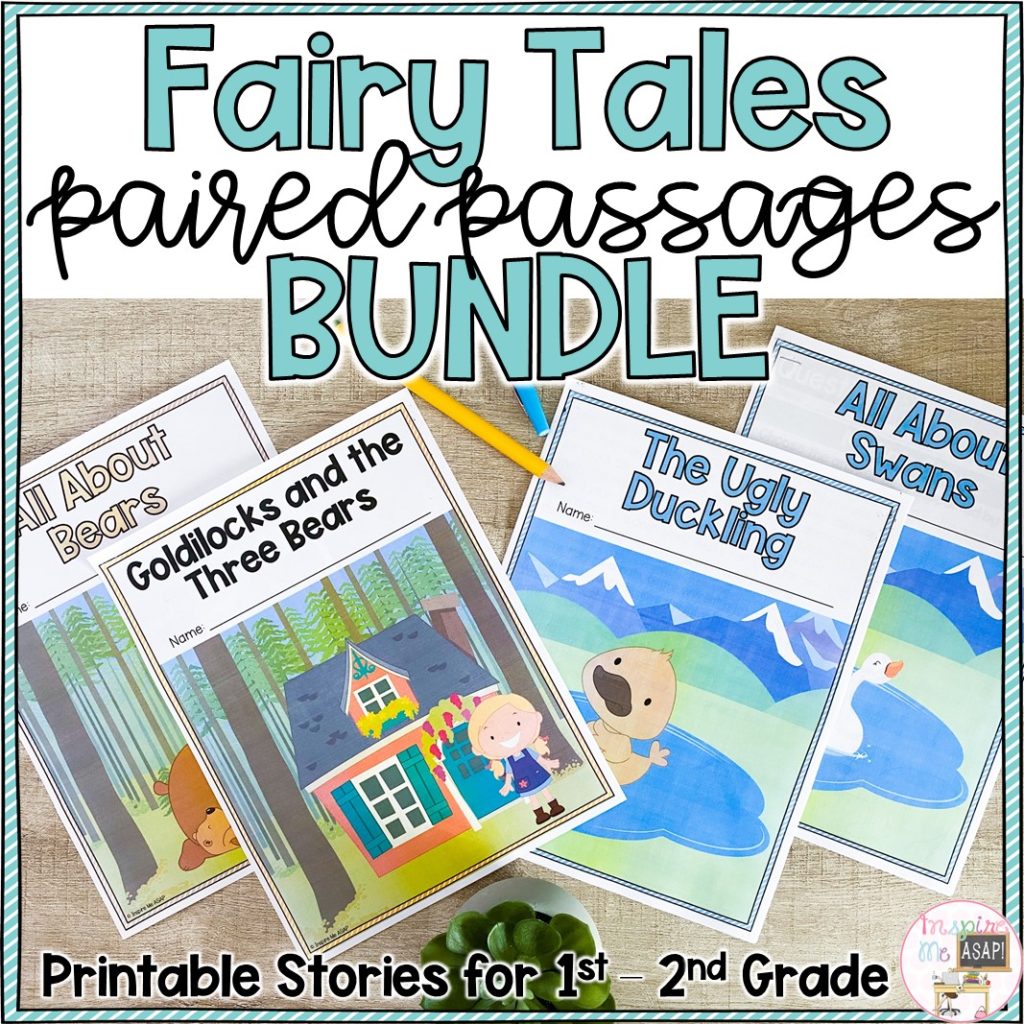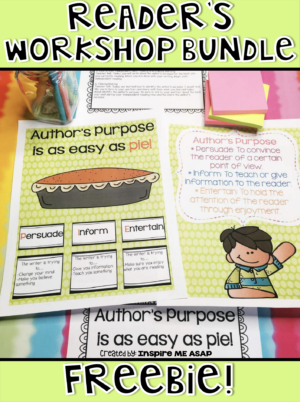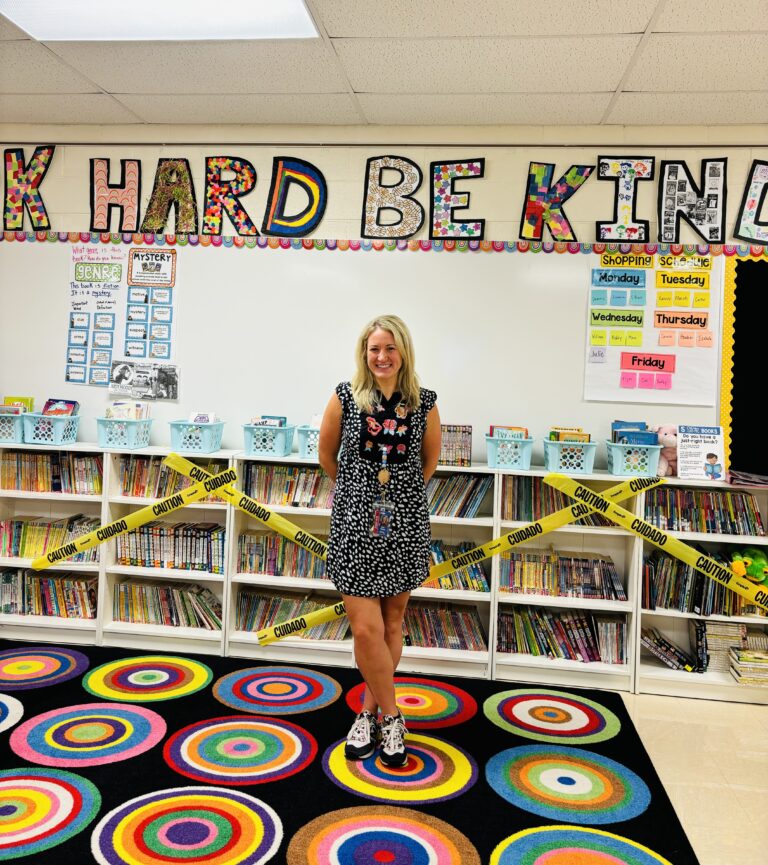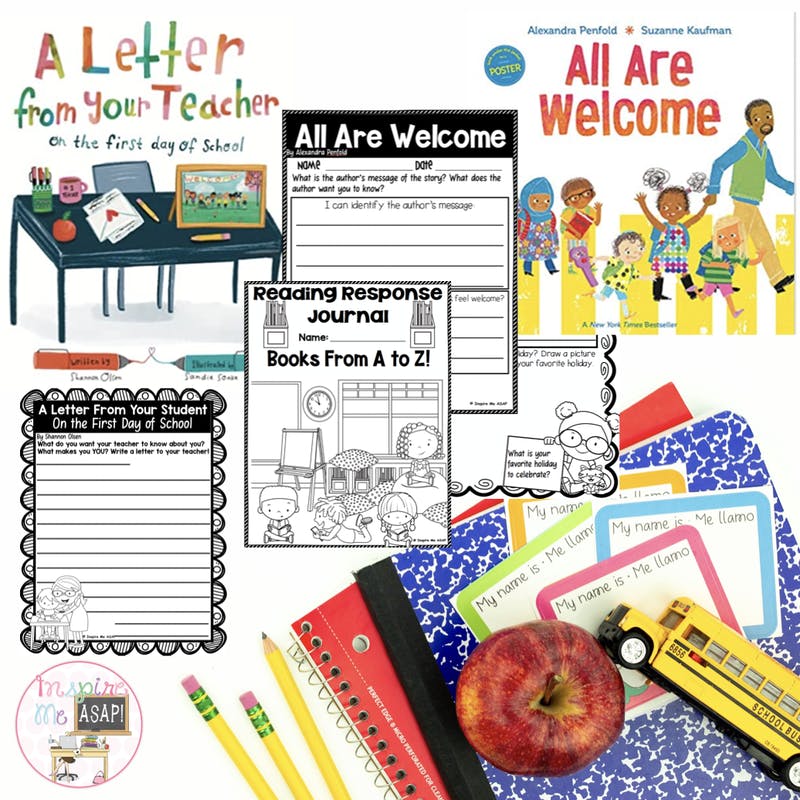The handsome prince, the fairy godmother, the giant….remember them? For a while, it seems, these characters were a big part of learning to read. So are fairy tales still a useful part of teaching? The answer is a resounding, ‘YES!’
Why Fairy Tales?
Children love fairy tales – the familiarity and story structure make it a safe genre for practicing the skills of reading. These stories spark imagination in young readers as they explore images of castles, magic, and giants. Pretty exciting stuff!

What Will My Students Learn?
What if you could use fairy tales as part of a unit which also included nonfiction? Great news! You can! By using these paired passages, you can expose your students to both fiction and nonfiction through engaging text, inviting illustrations, and even connections to science and social studies!
By comparing and contrasting genres, students learn characteristics of both fantasy and informational text. They get practice identifying the hallmarks of fantasy and the signs of nonfiction.

Fairy tales are the perfect vehicle for discussing story structure, including setting, character, problem and solution. By partnering a fairy tale with an informational piece in these paired passages, young readers will enjoy nonfiction writing about a relevant topic.

This pairing makes comparing and contrasting effortless and gives students many examples of characteristics of each genre. In one paired passage, students read the fairy tale Jack & the Beanstalk alongside a book about growing plants.
What About Assessment?
There are many ways to assess student learning through units such as these. Assessment opportunities might include a verbal retelling or a written summary. Young readers could even retell the story through dramatic play involving puppets or acting.
These paired passages include assessment components that offer varied methods of response, including short answer, multiple-choice, and true/false. Great practice for those standardized tests! Additionally, young readers break down and identify the story elements of the fantasy piece in the paired passage.

Because of the cross-curricular connections between science and social studies, there are assessment opportunities in those content areas, also. And don’t forget about writing! Following up a paired passage unit with independent research and writing on the topic seems like a natural next step!
If you want an engaging, ready-to-go teaching tool that covers plenty of curricular areas, paired passages is the thing for you! Try it in your classroom, and watch your students come alive with learning!
I have a fairy tale paired passages bundle in Google (Online) and PDF (printable) format. You can check them out by clicking below!
Check out my fairy tale bundle (PDF) on TPT: Fairy Tale Bundle
Check out my fairy tale bundle (online) on TPT: Fairy Tale Bundle
